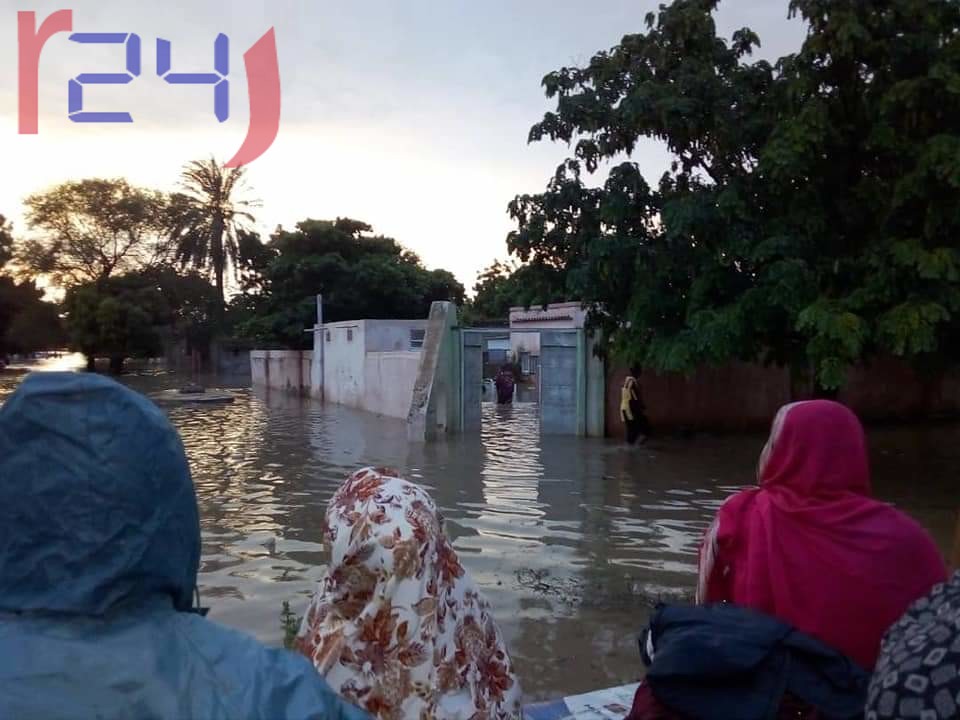Heavy rains in Sudan have intensified over the past week, causing more floods, displacement and deaths, and prompting the government to declare a three-month state of emergency in the country.
More than 506,000 people have been affected since the rains began in mid-July, more than 110,000 of them in the first week of September alone, according to the government’s Humanitarian Aid Commission.
Thousands of people have been displaced, and many have taken refuge in schools, creating further challenges for the government and teachers just before the schools reopen.
The government and humanitarian workers are assisting thousands of people in all affected areas. But the unprecedented floods have exceeded expectations and are running out of supplies for partners to continue the response.
The situation may deteriorate in the coming days, as the expected heavy rains in Ethiopia and many parts of Sudan will increase water levels in the Blue Nile, leading to more floods and devastation.
17 states are affected by rain
Torrential rains and floods in most of Sudan caused devastation, including damage to homes, infrastructure, agricultural lands and other livelihoods, and inundated more than 500 square kilometers of land are in the states of Khartoum, Al Jazira and White Nile alone
This situation led the transitional government in Sudan to declare, on 4 September, a state of national emergency for the next three months, a decision that will strengthen the efforts of all institutions that will work together to respond to the most urgent needs of those affected by the floods.
The unprecedented storms and floods particularly affected the states of Khartoum, North Darfur and Sennar. The River Nile also” blew its banks” in several areas in the states of the Nile River and the North, which led to displacement and increased humanitarian needs.
Flood victims in Khartoum
In Khartoum, the hardest hit state, with the largest number of affected people, river floods and flash floods have left 100,000 people in need of urgent shelter, household items, clean water, sanitation and health services in East Nile, Jebel Aulia, Karary, Omdurman, Um Badah, Khartoum and Bahri localities.
In the Jabal Aulia locality, more than 1,500 homes were destroyed and 570 homes damaged when the White Nile flooded its bank on August 27, flooding at least five river villages. Nearly 46,000 people were
affected, most of them taking refuge with relatives in the area. The destruction of more than 2,000 latrines in the area increases the risk of waterborne disease outbreaks, at the same time that the two health
facilities in the area lack medicines and medical supplies.
Across Sudan, torrential rains have increased the risk of disease outbreaks and hampered efforts to contain the COVID-19 pandemic. Sanitation systems are unreliable, and stagnant water in different
locations creates favorable conditions for waterborne diseases and vector-borne diseases such as cholera, dengue, Rift Valley fever and chikungunya, in a country with a very fragile health system.
Torrential rains and floods have worsened and humanitarian needs in Sudan have increased, and the situation is not expected to change in the coming weeks. However, the water level of the Nile River continues to rise after reaching 17.4 meters, the highest level in 100 years, according to the government

